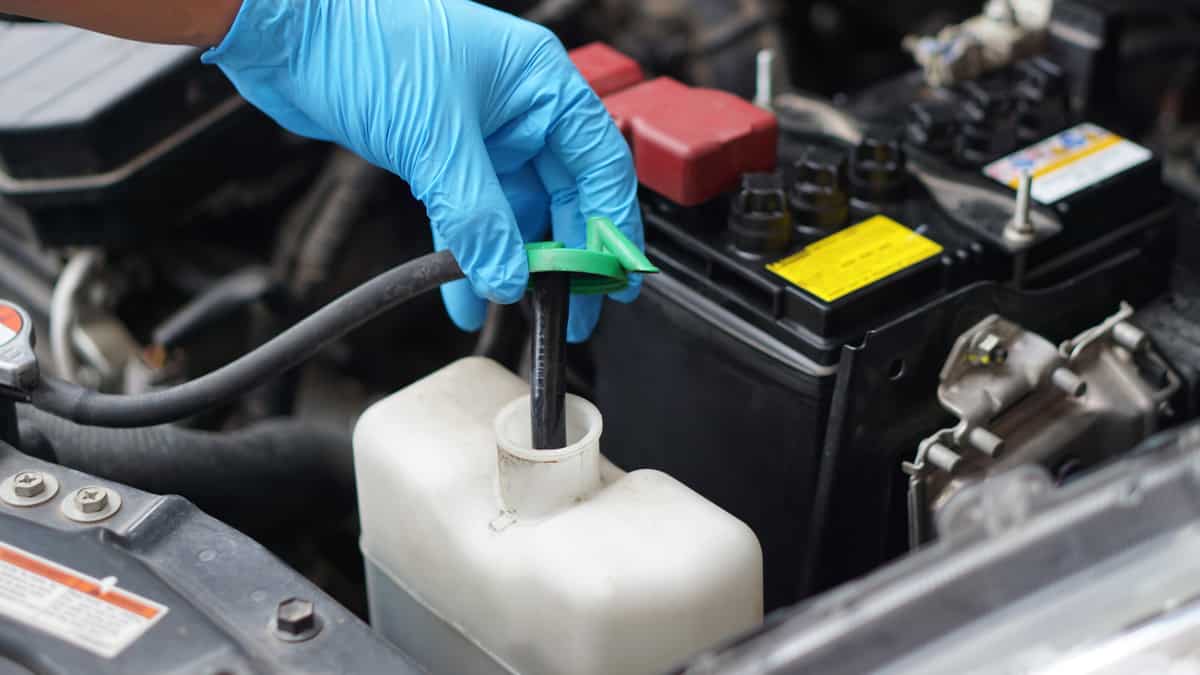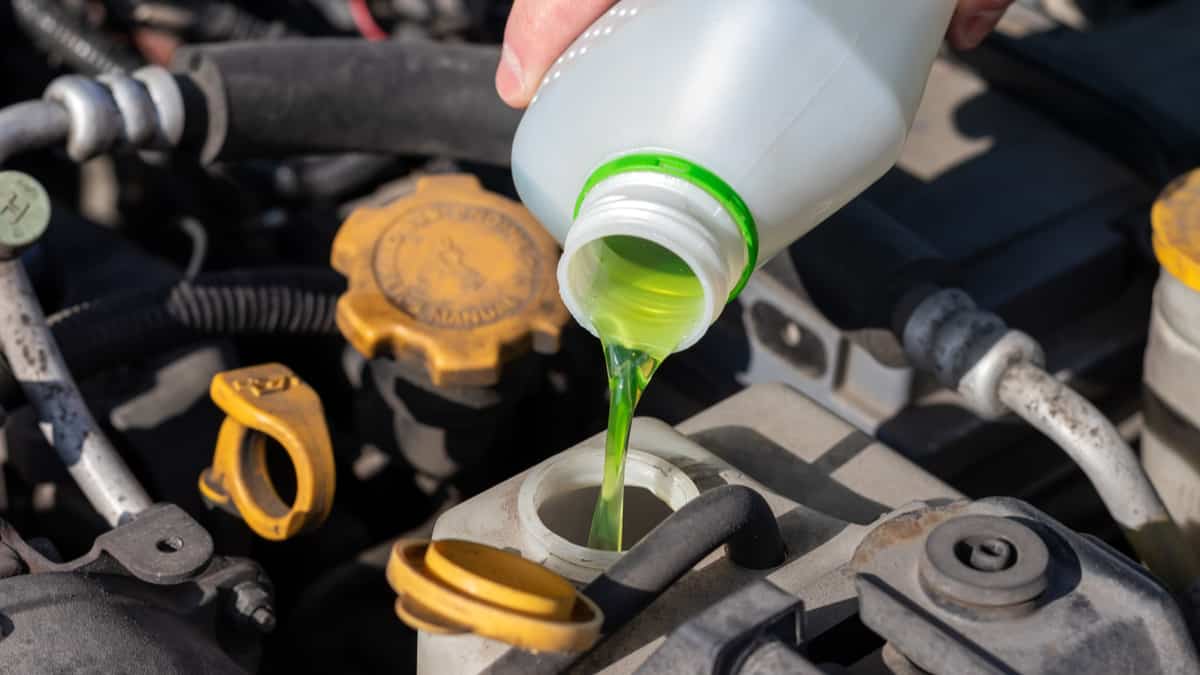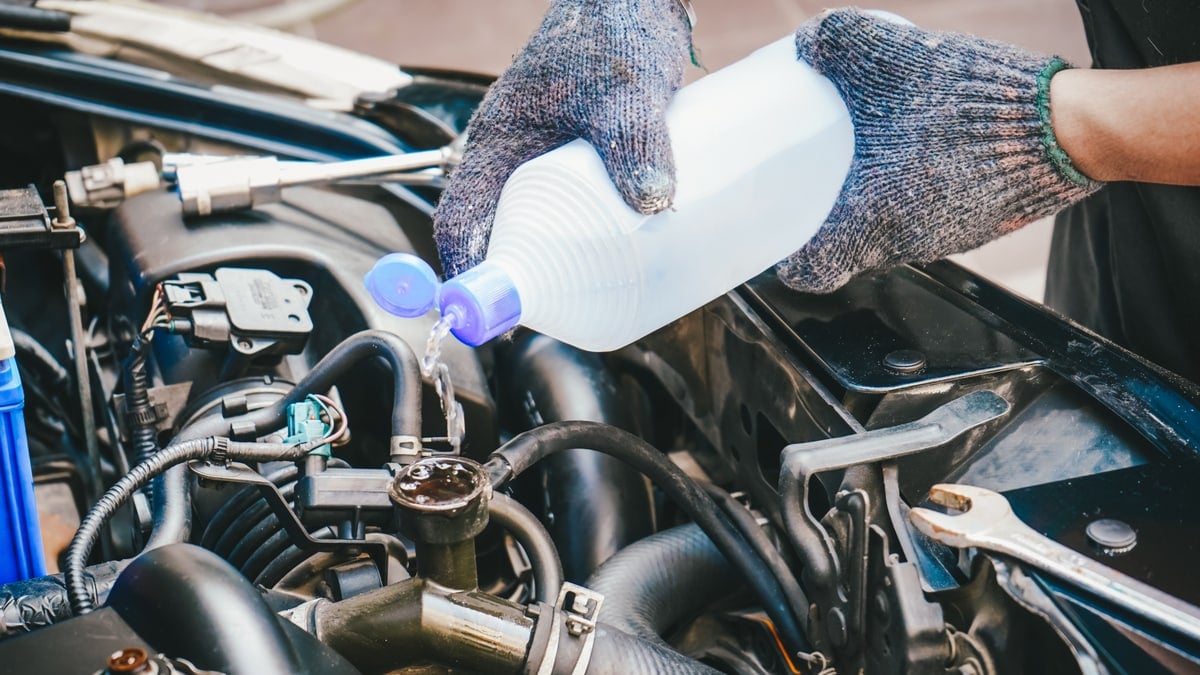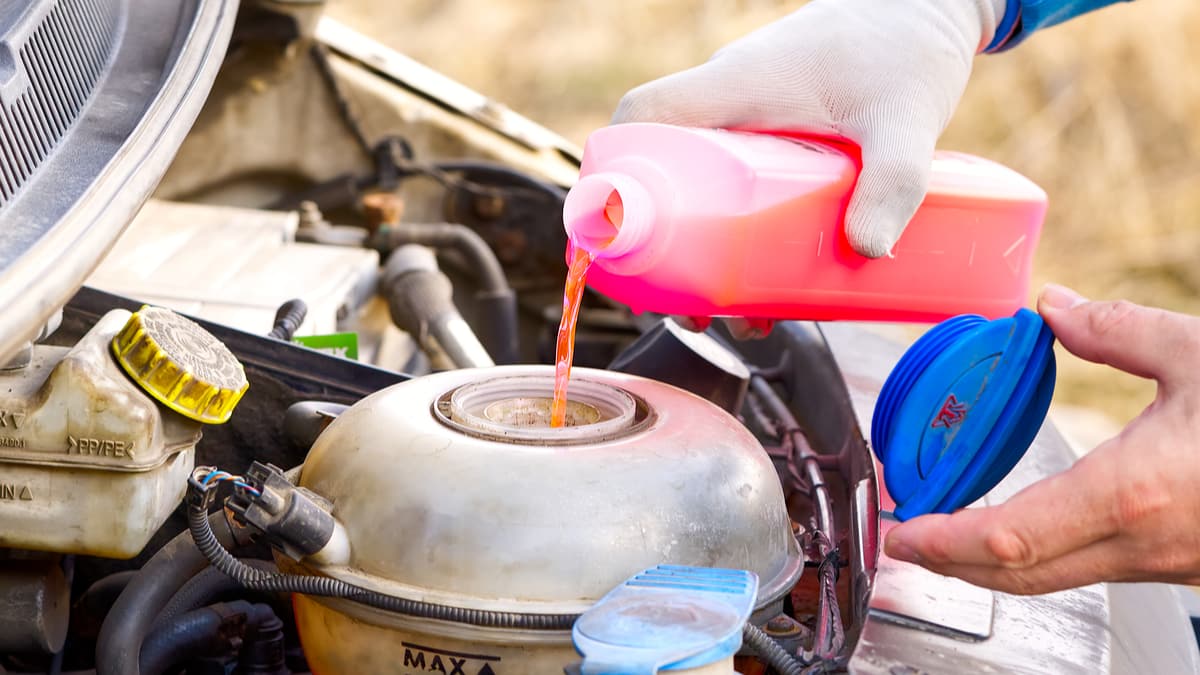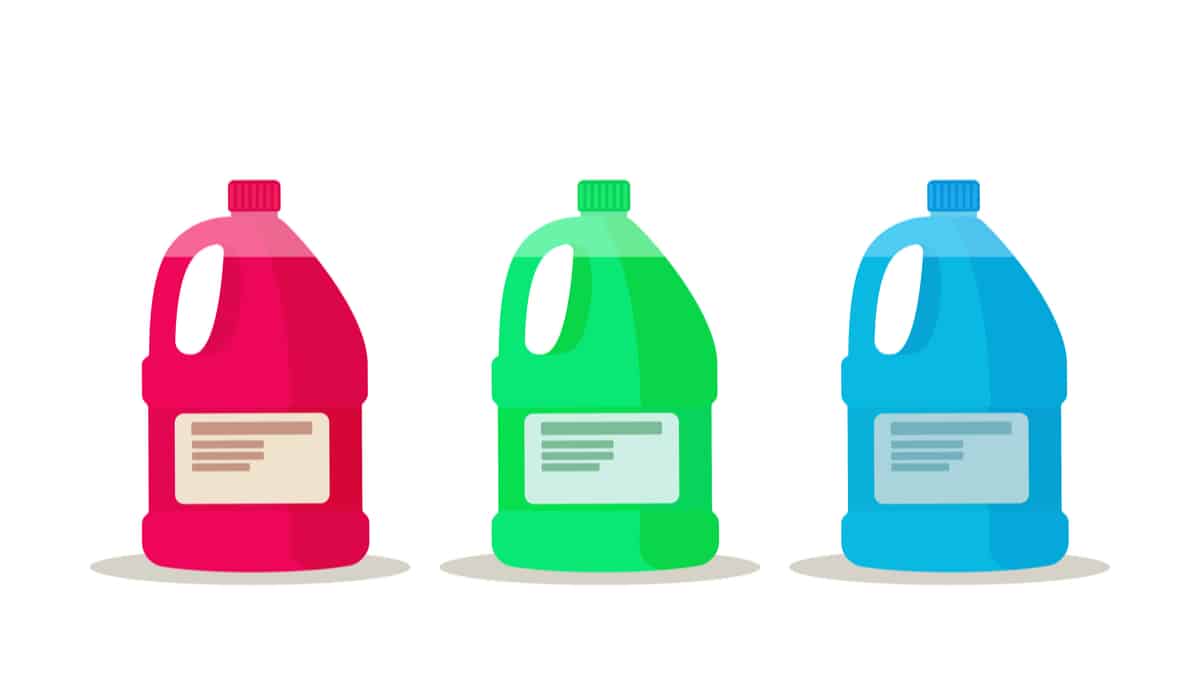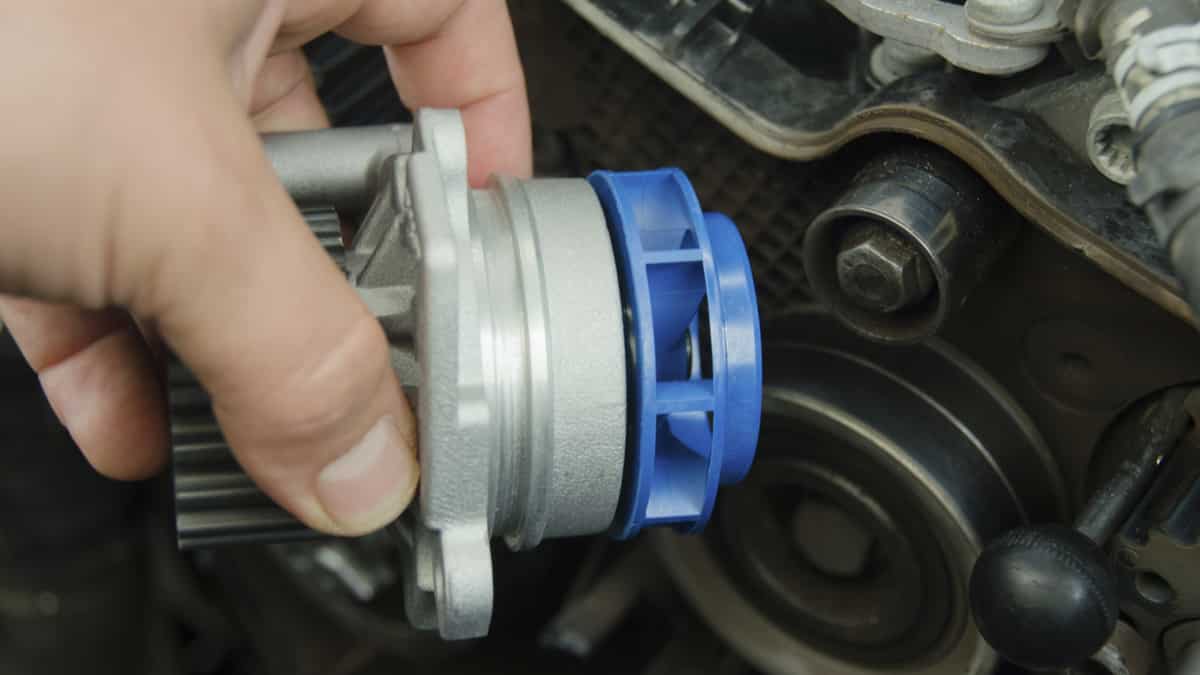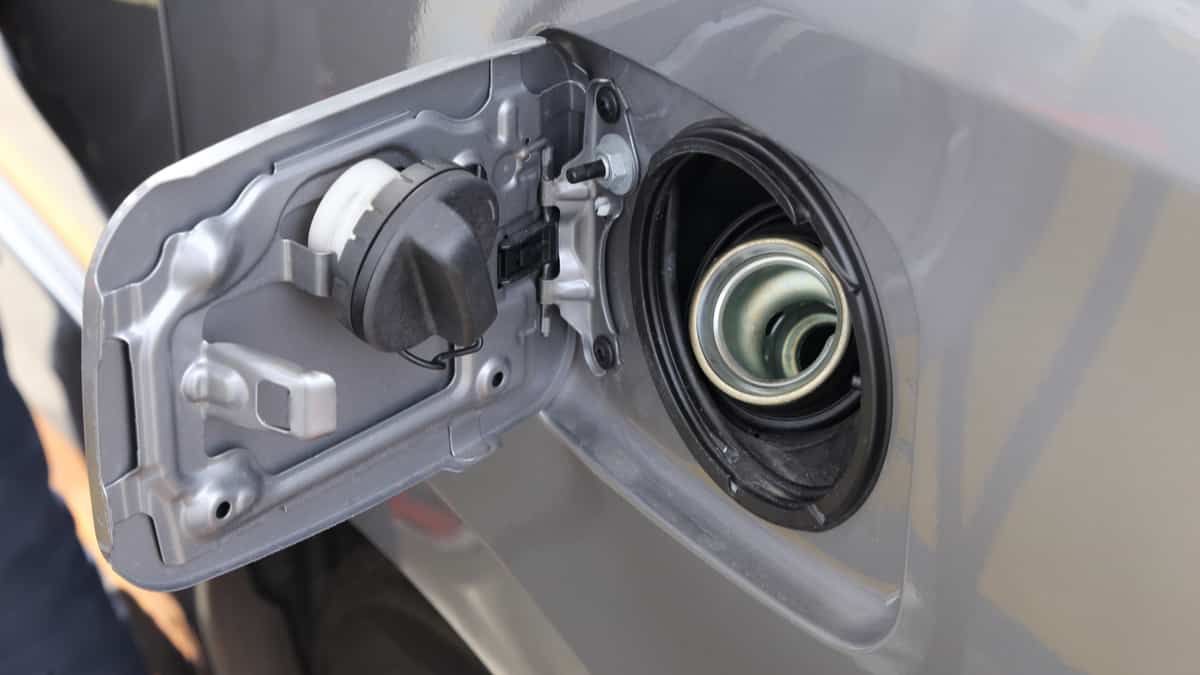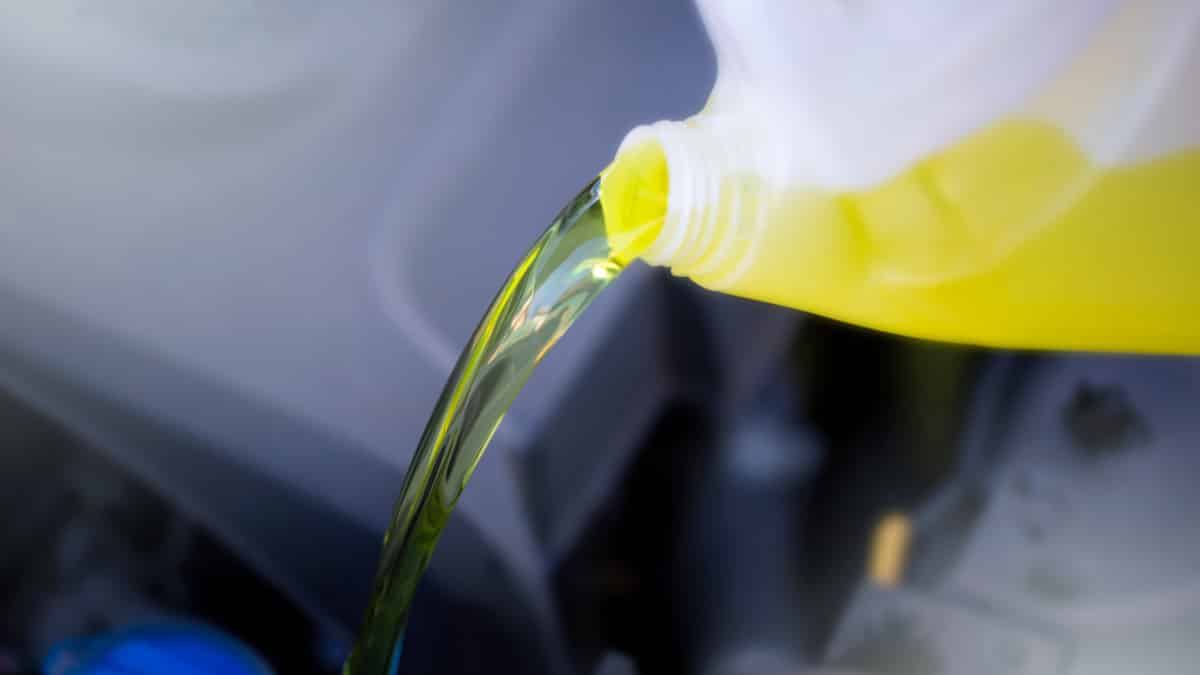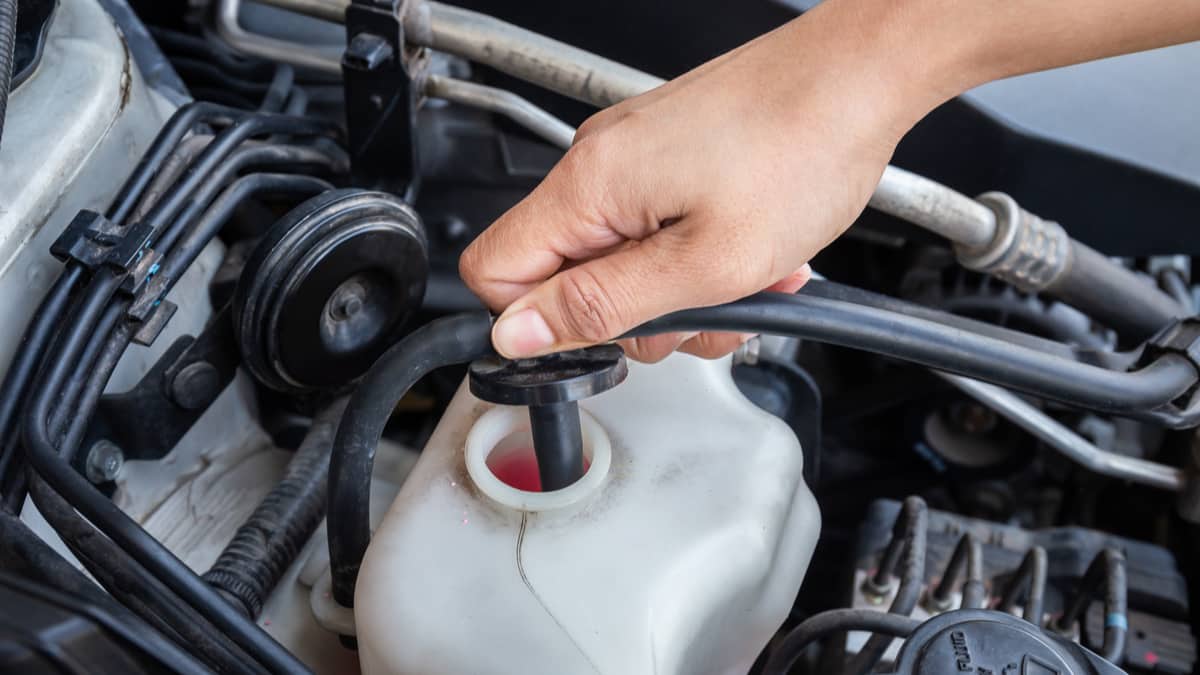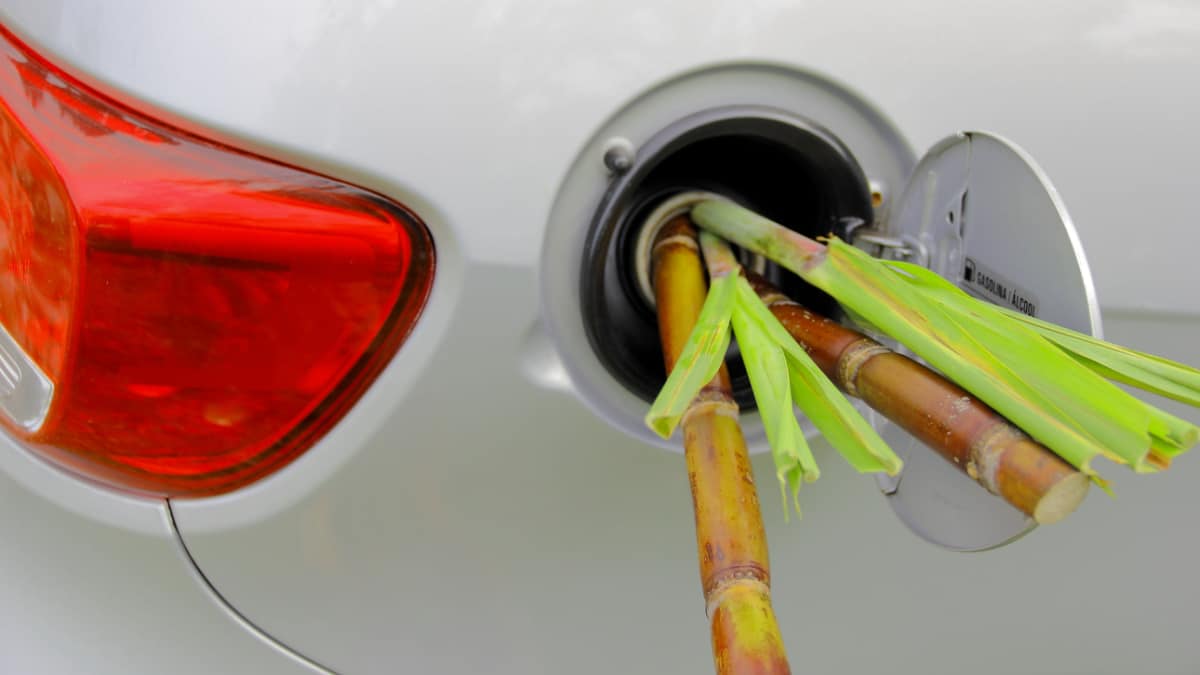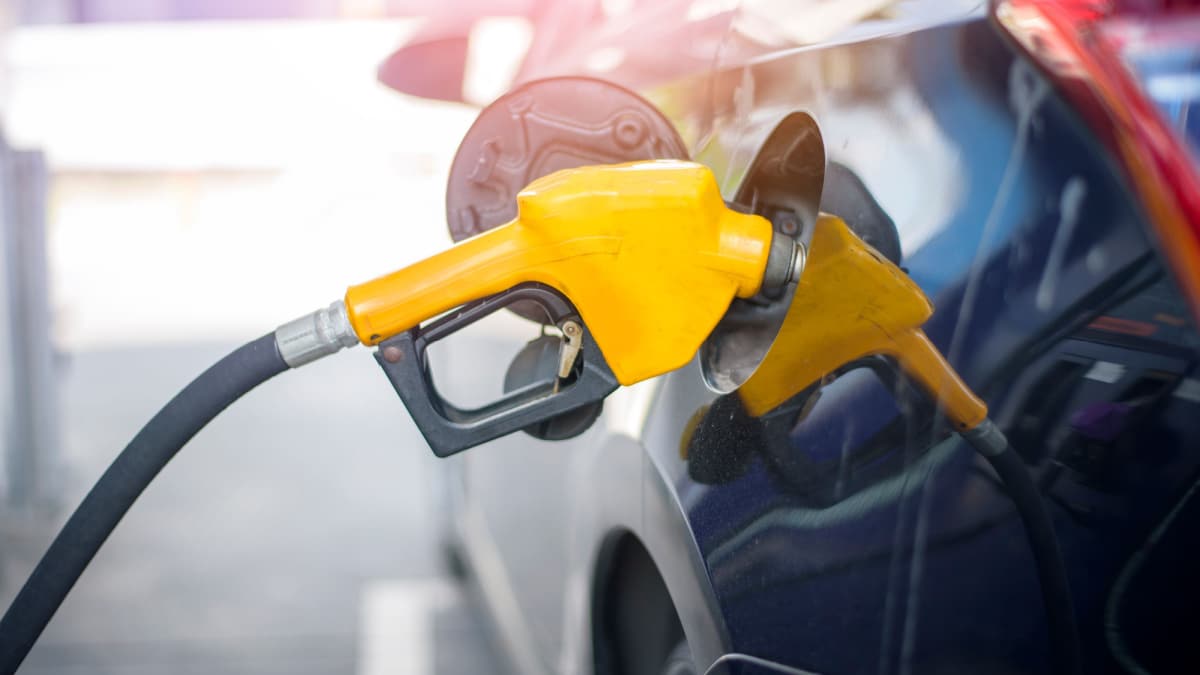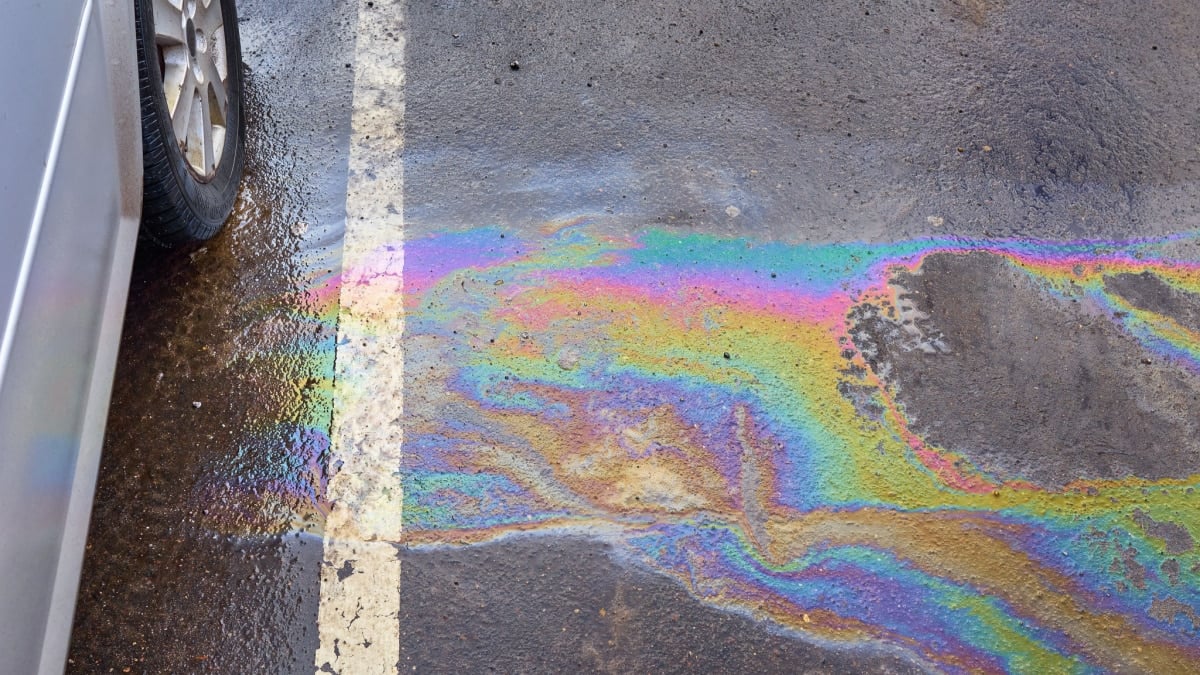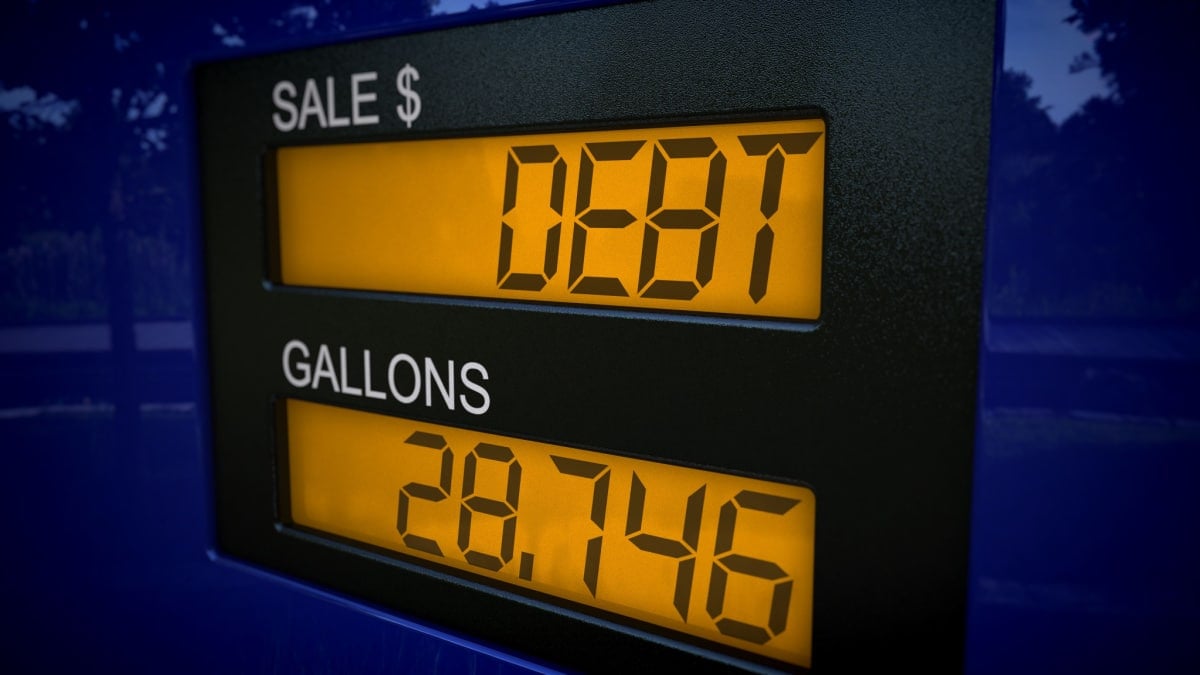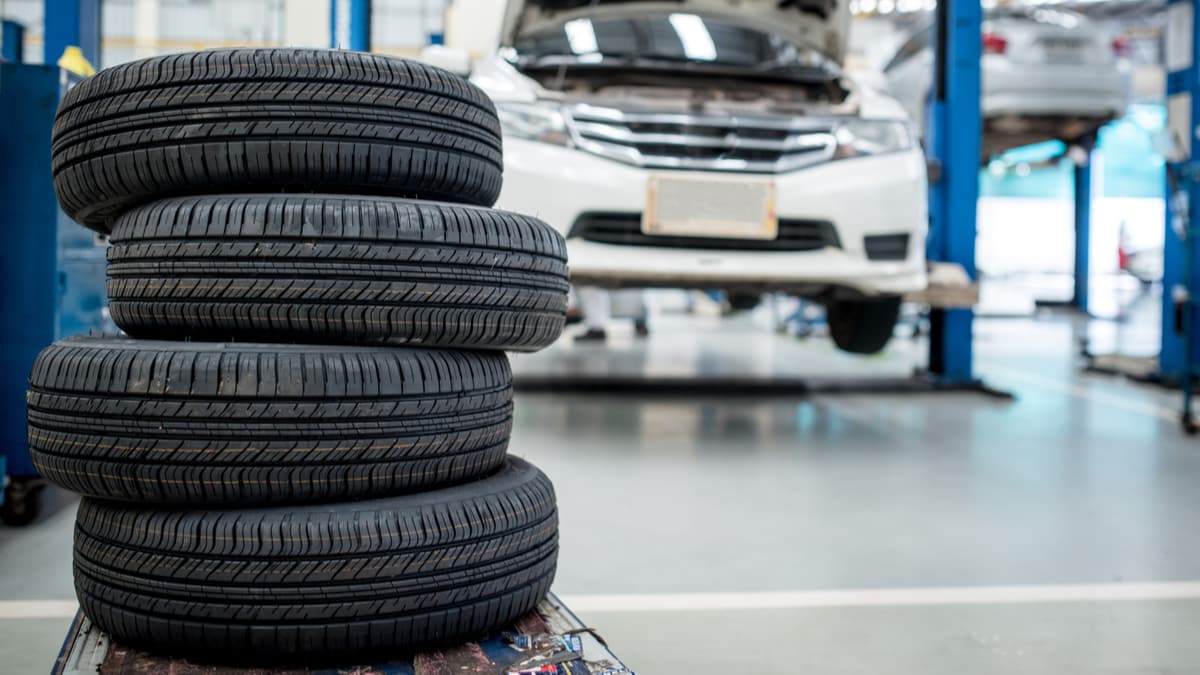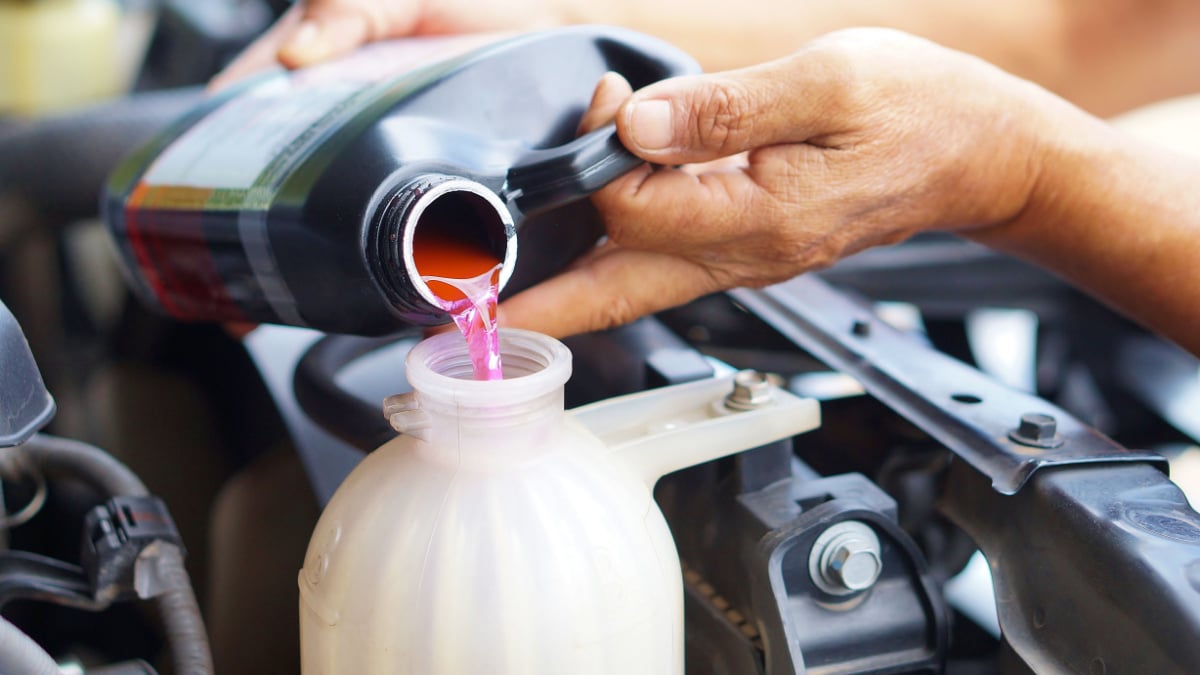If you want to keep the car engine from overheating, you need to have the right amount of coolant flowing through the system. While you can’t see the coolant in the radiator, you will know how much is available in the reservoir. But how much coolant should be in the overflow tank?
In this article, I examine how much coolant you want to have in the overflow tank. I also look at several reasons why the tank might fill up with too much fluid and overflow. This guide also gives you tips on checking the coolant levels and shows you why water shouldn’t be used to top off the tank.
How Much Coolant Should Be in the Overflow Tank?
The coolant reservoir or overflow tank should be filled by at least 30%. On the side of the tank, you should see marker lines that show you the minimum and maximum levels to fill it to. Ideally, you should fill it slightly higher than the minimum line and keep a close eye on it.
It’s important that you know how to check the coolant levels to ensure the system is adequately cooling your car motor. With a quick glance at the reservoir, you can tell if the system has enough coolant.
The minimum line might be marked with an “L” for low. It could also have an “F,” meaning Full. If the coolant goes below the L or minimum line, you need to add more. If it has risen above the F or maximum line, you need to flush out some of the contents. Running the system with too little or too much coolant can be dangerous either way.
Why Coolant is Important
Coolant is a liquid designed to transfer heat from the engine to prevent damage. It also prevents freezing in colder temperatures.
The overflow tank plays an important role in the cooling system of your vehicle. It’s responsible for holding the coolant that circulates through the system.
While the car is running and the motor temperature rises, additional coolant will flow into the overflow tank from the engine. However, when the engine is cool, the excess flows back into the motor. For this reason, the levels in the coolant tank are constantly changing.
RELATED: How a Radiator Coolant Overflow Tank Works (Visual Image)
Why Does Coolant Reservoir Tank Overflow?
1. Excessive Coolant Fluid
The most obvious reason that the tank is overflowing is that you filled it too high. Even if it looks normal with the car engine off, the levels are going to fluctuate once it’s running.
It’s important to keep the levels between the minimum and maximum markings. These indicators leave room for expansion when there is more coolant in the tank.
2. Bad Radiator Cap
If the radiator cap gets loose or becomes damaged, the coolant isn’t going to remain where it is supposed to. The cap is responsible for maintaining a closed system. However, when the cap is bad, pressures get altered, and the engine could easily overheat. An overheating engine leads to excessive amounts of fluid in the tank, causing it to possibly overflow.
Thankfully, it’s not difficult to replace a broken radiator cap. You just have to find the one that’s compatible with your system because it needs to be built for a specific amount of pressure.
3. Defective Water Pump
A faulty water pump can slow down or halt the flow of coolant entering the system. When the pump breaks or is damaged, the engine overheats. Not only can this lead to fluid filling up the tank, but it can also create a leak around the pump itself.
The cost to replace a water pump is about $400 to $650. This expense includes both the part and possible labor charges.
4. Malfunctioning Thermostat
The thermostat is used to determine how much coolant is required to reduce engine temperature. If the thermostat is faulty, the engine can’t utilize the right information and cooling might not occur as it should. With the inability to regulate the fluid, the tank could overflow and the engine might overheat.
Thankfully, this replacement is a little less than some of the others. You might spend $150 to $300 to have a new thermostat installed.
5. Cracked Block or Head
If you notice boiling liquid or gas bubbles in the overflow tank, there might be a major issue with the engine block or cylinder head. In some cases, it could be due to a blown head gasket, but it could also be a cracked block or head.
Sadly, these issues require major engine repair. In some cases, you might need a new engine installed. You could easily spend thousands of dollars with either a blown head gasket or a cracked block.
6. Bad Radiator
The problem could also be coming from a bad radiator. Today’s radiators are often built with a lightweight plastic material, making them less durable than they once were. Older radiators were designed with aluminum and copper for additional durability.
If you have a clogged radiator, it can lead to an excessive amount of fluid in the tank. For the most part, you would spend about $250 to $500 to have a new radiator installed. To prevent further issues, you want to have this vital part replaced at the first sign of wear.
How to Check Coolant Levels
It’s not difficult to check the coolant level. Ideally, you would take a peek at the tank every other gas fill-up, just to be sure everything is running right. Here are some basic steps to follow.
- Find the reservoir tank.
- Take note of where the coolant level is located based on the minimum and maximum lines printed on the side of the tank. The coolant color should help make it simple to see where the level is at. However, if the tank is dusty, you might need to clean it off first.
- Ideally, you want the coolant level to be slightly over the minimum line because it will rise higher when hot. If you need to add more coolant, it’s best to do it with the car engine off.
- Use the appropriate coolant for your vehicle, laid out in the owner’s manual.
After filling the tank, keep a close eye on the levels. Pop the hood occasionally just to see where things stand. If you notice something wrong, you can fix it before the problem gets larger.
Should I Add Water to Coolant Overflow Tank?
If the engine is overheating and you need to cool it down quickly, water can be used in a pinch, but it isn’t highly recommended. It’s only to be used to get you home.
Water doesn’t contain the same corrosion-protecting properties that coolant or antifreeze have. It’s not designed to work in the cooling system the same way. Not only do you leave the system vulnerable without this protection, but water will freeze when the temperatures drop. If you are driving in winter weather, you don’t want to put water in the system, as it can create a whole mess of other problems.
RELATED: Can You Use Water Instead of Coolant? (Why You Shouldn’t)
Categories: Coolant, Maintenance
